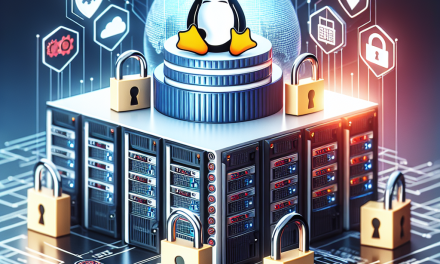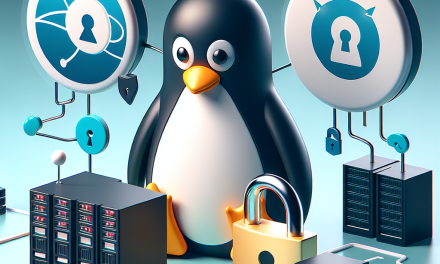As cyber threats continue to evolve, the need for robust security measures on servers has never been more critical. One of the first lines of defense in securing a Linux server is the bootloader. A secure bootloader plays a vital role in protecting the system against unauthorized access and malware. This article provides an overview of the essential steps for configuring a secure bootloader on Linux servers.
What is a Bootloader?
A bootloader is a program that initializes the operating system when a computer is powered on. It is responsible for loading the kernel and starting the operating system. Grub (Grand Unified Bootloader) is the most commonly used bootloader in Linux systems. Given its critical function, properly securing the bootloader is paramount for the overall security of the server.
Why Secure Your Bootloader?
-
Protection Against Unauthorized Access: An unsecured bootloader allows malicious users to modify boot parameters or load another operating system.
-
Prevention of Rootkits and Malware: Attackers can implant rootkits or malware in the boot process, which can be hard to detect and remove.
- Data Integrity: Ensuring that the bootloader is not tampered with helps maintain the integrity of the operating system.
Steps to Configure a Secure Bootloader
1. Update Your System
Before configuring a secure bootloader, ensure that your system and all packages are up to date. This helps mitigate vulnerabilities in the software you may be using.
sudo apt update && sudo apt upgrade -y2. Use Secure Boot (UEFI)
If your hardware supports it, enable Secure Boot in the UEFI settings. Secure Boot is designed to ensure that only trusted software is loaded during the boot process. This means that the bootloader that you use should be signed by a trusted key.
- Access UEFI settings: Usually done by pressing
F2,F10,DEL, orF12during system startup. - Enable Secure Boot: Look for the Secure Boot option and enable it.
3. Install a Secure Bootloader
Most modern Linux distributions come with a bootloader that supports Secure Boot, such as Grub 2. For systems requiring additional layers of security, consider using Boot Hole or systemd-boot.
To install Grub 2 (if not already installed):
sudo apt install grub24. Configure GRUB2 for Security
Edit the GRUB configuration file:
sudo nano /etc/default/grubMake the following adjustments:
-
Disable Boot Menu: This helps prevent tampering by ensuring that users cannot change boot parameters easily.
GRUB_TIMEOUT=0 -
Password Protect the GRUB Menu: If users need to access the GRUB menu, set a password.
sudo grub-mkpasswd-pbkdf2Add this password to the GRUB configuration:
set superusers="yourusername"
password_pbkdf2 yourusername grub.pbkdf2.sha512.10000.[hashed_password]
After making changes, update your GRUB configuration:
sudo update-grub5. Enable Disk Encryption
To protect sensitive information, consider enabling full disk encryption. This can complement bootloader security and protect the system from unauthorized access even if physical security is breached.
For LUKS encryption, you can follow these steps:
sudo apt install cryptsetup
sudo cryptsetup luksFormat /dev/sdaX
sudo cryptsetup luksOpen /dev/sdaX my_encrypted_disk6. Regularly Update GPG Keys
When using signed bootloaders, keep the GPG keys updated. This is crucial for verifying the integrity of the boot process. Regularly check for updates and sign your custom kernels or initramfs files.
7. Create Recovery Media
Always create recovery media that reflects your current bootable environment and configurations. This can save you time and effort in case of boot issues or compromised bootloaders.
8. Monitor Boot Logs
Logging and monitoring boot processes can help you detect and respond to unauthorized changes. Use tools like AuditD or journalctl to log all boot activities.
journalctl -bConclusion
Securing your bootloader is an essential part of protecting your Linux server. By following the steps outlined in this article, you can significantly reduce the risk of unauthorized access and malware infection. Staying proactive about system updates, using encryption, and monitoring your boot process will further enhance your server’s security posture. Remember, security is a continuous process; stay vigilant and regularly evaluate your security measures.
By implementing the best practices outlined in this article, you can help ensure that your Linux server boots securely every time, providing a solid foundation for a secure and reliable IT environment.





